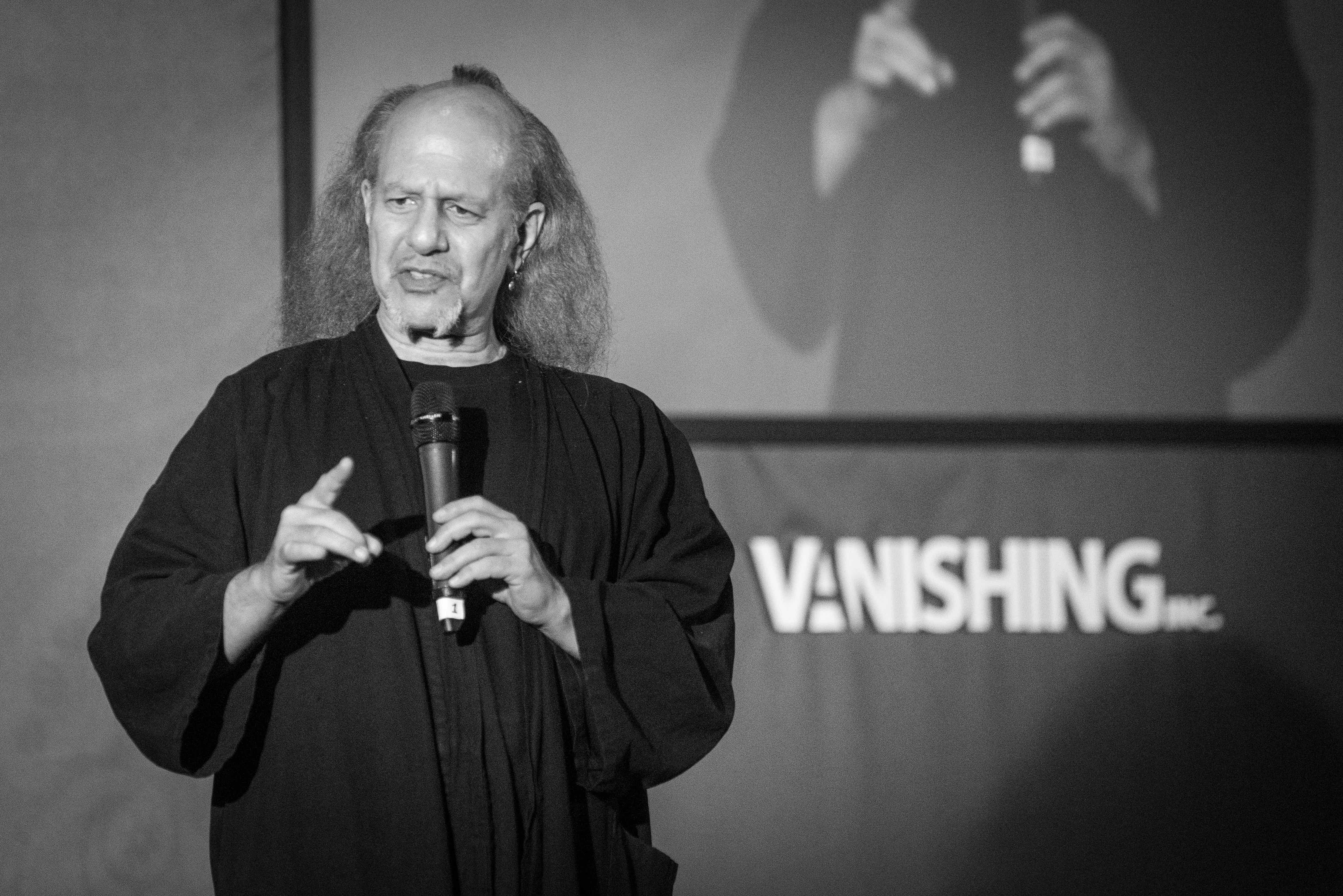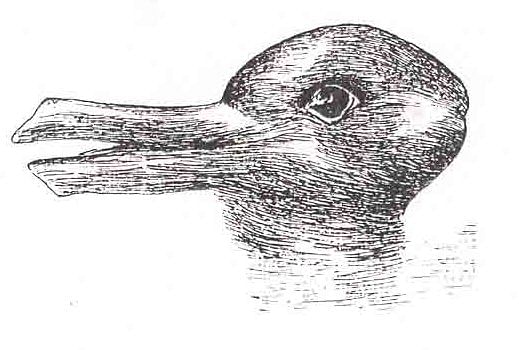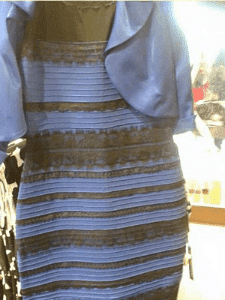What Is Mentalism?
While magic and mentalism might seem very similar, many purists would claim that mentalism is actually not magic at all. Today, we explore what mentalism is and how it’s so fascinatingly unique, CBS actually made a whole show about it called The Mentalist.
The Difference Between Magic and Mentalism
Mentalism is the art of seemingly leveraging a highly developed understanding of human psychology and body language to influence others and provide unexplainable psychological experiences. Simply put, mentalism is like performing magic for the mind and imagination.
Despite the similarities, practitioners known as mentalists will often tell you that they are NOT magicians. While magic tricks use sleight of hand, misdirection and theatrical trickery to create visual illusions that deceive the audience, a mentalism performance often focuses on expanding reality with explorations of psychology, suggestion and influence.
While some magicians will integrate some mind reading or clairvoyance into their act, a pure mentalism performance typically doesn’t feature any traditional tricks or grand stage illusions. Some mentalists will even conduct their act completely verbally as part of a special sub-section of mentalism known as “propless mentalism” or “conversational mentalism” (a term coined by famous UK Mentalist Mark Elsdon).

A Look Back at the History of Mentalism
While the first noteworthy performance of mentalism is generally attributed to famous professional magician and sleight of hand artist Girolamo Scotto in 1572, many historians believe that the art of suggestive magic can be traced back for centuries before that. In fact, some argue it was readily apparent during the days of seers and oracles in the texts of ancient Greeks or the Old Testament of the Bible.
Despite its lengthy history, mentalism didn’t achieve mainstream popularity until the turn of the 19th century. Led by famous mentalists such as John Randall Brown, The Amazing Kreskin, Derren Brown and yes, even the infamous Uri Geller, mentalism has evolved over the years to include various psychological presentations such as mind reading, predicting the future, telepathy, cold reading, hypnosis, memory feats, mind control, telekinesis and more.
How do Mentalists Read your Mind?
Most of you are probably quietly reading this article in your head. Have you ever considered how truly incredible that is?(especially when you realize some people don’t even have an inner monologue).
Our brains are an unbelievably powerful organ that instantly processes everything we see, hear or feel. However, our understanding of how the brain works also shows us how easy it is to trick. This is the foundation for which the art of mentalism has been built on.
Let’s take a look at some examples:
First published in Harper’s Weekly in 1892, the “Rabbit Duck” drawing below is one of the most famous optical illusions in the world. It demonstrates how our minds can be fooled into perceiving the same thing in different ways.

A more modern example of this is “The Dress” debate from 2015. This seemingly innocuous photo had the entire world fighting about whether the dress was black & blue or white & gold.

The power of suggestion can be best summed up by the “placebo effect.” This psychological phenomenon leads some individuals to believe they’re experiencing the benefits of a particular substance or treatment, despite receiving a fake look-a-like (or placebo) that has no known medical capabilities.
Or, how about this. Have you ever learned a new word or fact and then immediately started seeing it everywhere? This is the Baader-Meinhof phenomenon or “frequency illusion”. Essentially, most humans get “selective attention” when they learn something new. As this information is freshest in your mind, it’s naturally going to get more attention than other things.
When you combine “selective attention” with “confirmation bias”, a cognitive bias that causes us to search for, interpret, favor, and recall information that confirms or supports our prior beliefs or values, you end up with the “frequency illusion”.
Mentalists are well-versed in the capabilities of these psychological phenomena and other unique ways our minds work. Paired with technical skill, psychological subtleties and showmanship, mentalists can trick you into thinking they read your mind.
Instead of looking at mentalists as mind readers, it’s best to think of them as talented performers that use mentalism tricks to read our body language and influence our decisions or, in the case of hypnosis, our physiology.
Still not convinced about how easy it is to fool the mind? Check out these easy mentalism tricks you can do right now.
When it comes to mentalism, many famous mentalists like Derren Brown believe showmanship is significantly more important than the method used. A successful mentalist must truly believe in what they are doing to a point where it becomes natural and seemingly organic.
Orson Welles once shared a great example of how the mentalism mindset can eventually be adopted to be nearly automatic. At the start of their career, hotel clerks may sneak a quick glance at the shoes or luggage of a guest to decide which room to provide them. However, over time, their ability to assess the wealth and status of a guest is practiced to a point of being essentially a subconscious action.

Are Psychics Real?
While magicians are great at suspending belief, very few people leave a magic show thinking the magic tricks they experienced were real magic like Harry Potter. However, some mentalists have honed their skills to a point where their audiences truly believe they possess some sort of psychic powers or otherworldly mental skills. You have to look no further than Uri Geller and his spoon-bending in the 1970s to understand how powerful mentalism can be.
Since Geller was publicly exposed for using common mentalism tricks, most modern mentalists claim to be psychic entertainers as opposed to individuals possessing authentic psychic abilities. This is what differentiates a performing mentalist from a fraudulent psychic. Mentalists that choose to perform as a psychic medium and use mentalism techniques to deceive people into believing they have legitimate psychic powers that allow them to see into the future or speak with dead loved ones, are frowned upon by the mentalism community.
In fact, legendary magician and skeptic James Randi offered $1 million to anyone who could prove they had supernatural or paranormal abilities under scientific testing conditions. At the time of the One Million Dollar Paranormal Challenge officially ending in 2015, none of the more than 1,000 applicants had succeeded.
Want to learn more about mentalism? Check out these essential mentalism books that every mentalist should read or the most popular mentalism tricks used by mentalists. We also have a helpful guide on cold reading!

